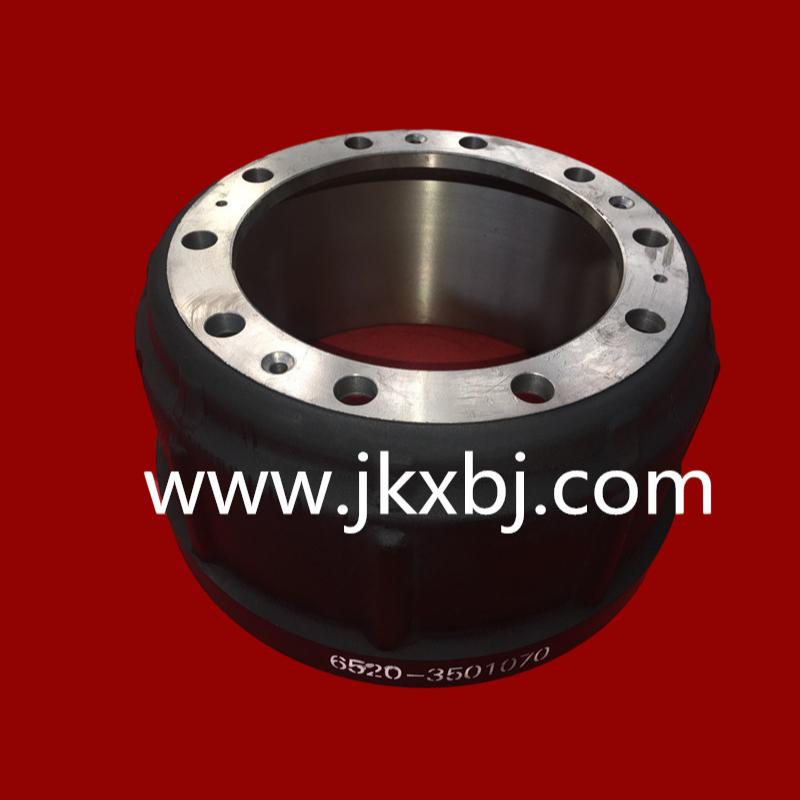júl . 27, 2024 03:22 Back to list
Understanding the Functionality and Maintenance of Handbrake Drum Brake Systems in Vehicles
Understanding Handbrake Drum Brakes Functionality and Importance
Handbrake drum brakes are a crucial element of automotive braking systems, providing an additional layer of safety and control, particularly when a vehicle comes to a stop or remains stationary on an incline. These brakes function in conjunction with the primary hydraulic braking system, offering a reliable means of securing the vehicle when parked and enhancing overall braking performance.
The Mechanics of Drum Brakes
Drum brakes consist of several components the brake drum, brake shoes, wheel cylinder, and various linkages. When the handbrake is engaged, a cable or lever mechanism pulls the brake shoes against the interior surface of the drum. The resulting friction slows down or completely stops the wheel's rotation. Unlike disc brakes, which use a set of calipers and pads to clamp around a disc, drum brakes can exert force effectively, especially at lower speeds. This makes them an excellent choice for handbrake systems.
Advantages of Handbrake Drum Brakes
1. Simplicity and Cost-Effectiveness Drum brakes are relatively simple in design, which translates to lower manufacturing and maintenance costs compared to more complex disc brake systems. This advantage makes them a popular choice for many economy vehicles.
2. Effective Parking Brake Function One of the primary roles of handbrake drum brakes is to act as a parking brake. Their design allows for more surface area contact between the brake shoes and the drum, providing a strong hold, particularly on inclined surfaces.
handbrake drum brakes

3. Durability The enclosed design of drum brakes can protect against dirt, debris, and moisture, contributing to their longevity. They often require less frequent adjustments and maintenance, making them a practical option for many vehicles.
Limitations and Considerations
While handbrake drum brakes have several benefits, they also come with limitations. Drum brakes tend to generate heat more easily than disc brakes, which can lead to brake fade during extended use. This is particularly noticeable in high-performance scenarios. Additionally, the maintenance of drum brakes can be more cumbersome compared to disc brakes, as they often require removal of the wheel for access during servicing.
Modern Applications
In modern vehicles, handbrake drum brakes are increasingly being complemented or replaced by electronic parking brakes (EPB) or disc brakes, mainly in higher-end models. However, they remain prevalent in smaller cars, trucks, and older models. The simplicity, cost-effectiveness, and reliability of handbrake drum brakes ensure their continued use in certain applications where traditional mechanical systems are preferred.
Conclusion
Handbrake drum brakes are a testament to the evolution of automotive braking technologies. Their straightforward mechanical design ensures effective performance for parking and low-speed braking needs. As vehicles become more advanced, the role of drum brakes may change, but their fundamental principles remain invaluable in today's automotive landscape. Whether for budget-conscious consumers or those seeking reliability in their vehicle's braking system, handbrake drum brakes continue to play a significant role in ensuring safety and performance. Understanding their functionality and importance not only enhances our appreciation of automotive engineering but also underscores the need for proper maintenance and care for optimal performance.
-
Brake Drum Man - High-Quality Drum Brake Drums & Brake Shoes for Reliable Performance
NewsJun.24,2025
-
High-Quality Brake Drum Kamaz – Durable Drum Brake Drum & Brake Shoe Replacement
NewsJun.10,2025
-
High-Quality Brake Drum Liza for Drum Brake Systems - Superior Durability and Performance
NewsJun.10,2025
-
High-Quality Brake Drum Kamaz – Durable Drum Brake Drum & Brake Shoe Solutions
NewsJun.10,2025
-
Durable Kamaz Brake Drums High-Performance Truck Parts
NewsJun.09,2025
-
Premium Brake Drum Maz Kit with Shoes Enhanced Braking
NewsJun.09,2025
